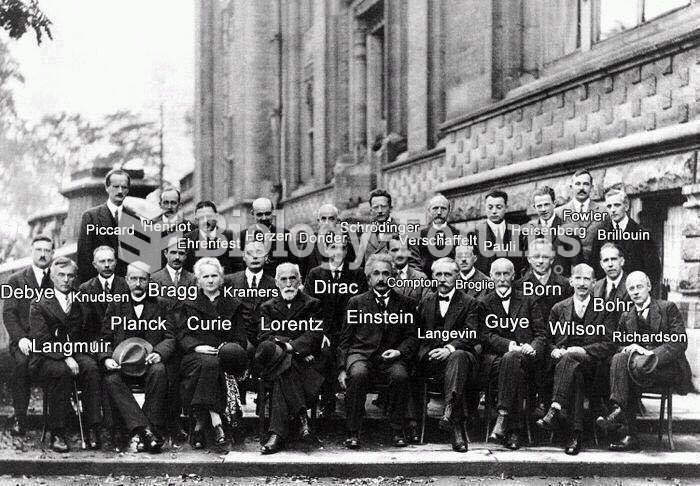Answer to Question 1
ANS: D
Staff nurses are sometimes called upon to lead or co-lead unit-based group psychotherapy on inpatient units. Other times staff nurses participate in community group meetings comprised mostly of psychotic clients. Although acutely psychotic clients usually cannot participate until they are stabilized, community groups and small structured therapy groups can be useful. A directive but flexible leadership approach is needed. Because the demands of leadership are so intense with psychotic clients, co-leadership is recommended. Co-therapists can share the group process interventions, model healthy behaviors, offset negative transference from group members, and provide useful feedback to each other. An introductory format for support group leaders includes potentially allowing time for informal networking through providing a 10-minute break with or without refreshments in order to allow members to interact informally with each other. If a group topic is not forthcoming from members, the leader can introduce a relevant, concrete, problem-centered topic of potential interest to the group.
Answer to Question 2
ANS: A
Setting standards calls for the group to reassess or confirm implicit and explicit group norms when appropriate. Group norms refer to the behavioral rules of conduct expected of group members. Norms provide needed predictability for effective group functioning and make the group safe for its members. There are two types of group norms: (1) universal and (2) group specific. Universal norms are stated behavioral standards, which must be present in all groups for effective outcomes. Examples include confidentiality, regular attendance, and not socializing with members outside of the group. Unless group members can trust that personal information will not be shared outside the group setting (confidentiality), trust will not develop. Regular attendance at group meetings is critical to group stability and goal achievement. Personal relationships between group members outside of the group threaten the integrity of the group as the therapeutic arena for the group's work. Group-specific norms evolve from the group itself in the storming phase. They represent the shared beliefs, values, and unspoken operational rules governing group function. Examples include tolerance for latecomers, use of humor or confrontation, and talking directly to other group members rather than about them. Maintenance functions are behaviors that help the group maintain harmonious working relationships. Consensus taking checks to see whether the group has reached a conclusion, and asks the group to test a possible decision. Consensus taking is an example of a task function. Seeking information or opinion involves requesting facts from other members, asking other members for opinions, and seeking suggestions or ideas for task accomplishment. Seeking information is an example of a task function. Initiating involves identifying tasks or goals, defining the group problem, and suggesting relevant strategies for solving the problem. Initiating is an example of a task function.







